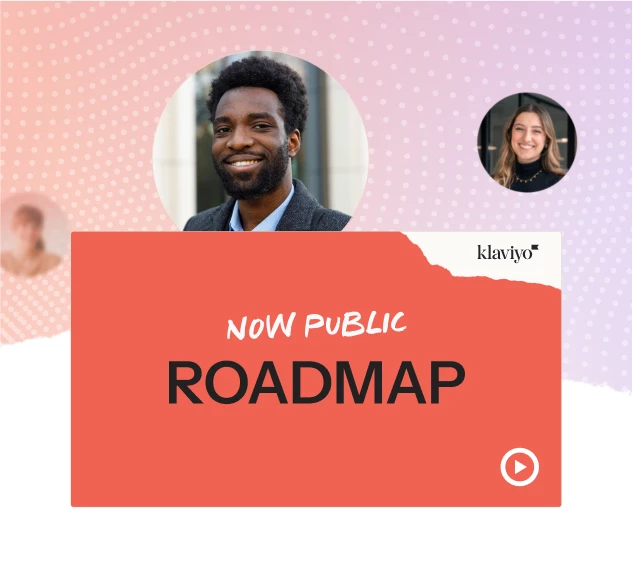Is it recommended to create two browse abandonment flows? We have set up one right now, but if customers come back after X days, they get the same one over and over. Wondering if its best to create a new one and disable the current one or to have two ON and if someone received first one in X days, start the second one - if that makes sense?
First time playing around with Flows - my client had them set up by an email company a while ago and I think they’re needing some refresh, at least the subject lines.
Thanks!
Set up two Browse Abandonment flow
 +1
+1Best answer by eCom2Win_Agency
Hey
When it comes to browse abandonment flows, using a split within the original flow can be a smart and efficient way to handle customers who come back after a certain period.
Here’s how you can do it:
-
Open Your Existing Browse Abandonment Flow: Start by going into your current flow.
-
Add a Conditional Split: Use a time-based condition to check if the customer has returned after your specified period (like 7-14 days). Klaviyo allows you to set conditions based on properties like “Date Added” or other custom properties.
-
Create Separate Paths: After the split, design two different paths:
- Path A: For customers who are browsing for the first time or within a short period. This path can emphasize urgency, highlight popular products, or offer a small incentive.
- Path B: For customers who have returned after 7-14 days. This path should have a different tone and focus. For instance, you could highlight new arrivals, feature customer reviews, or offer a special discount for returning visitors (depending on your product and audience).
-
Customize the Messaging: Tailor the emails in each path to the customer’s engagement level. This keeps the content fresh and relevant, increasing the chances of conversion.
This approach helps you avoid redundancy and keeps your flows organized and efficient. Plus, it’s easier to manage and analyze everything within a single flow.
You can look at this Klaviyo article to learn more about splits: Klaviyo Conditional Splits.
Hope this helps :)
Log in to the Community
Use your Klaviyo credentials
Log in with Klaviyo
Use your Klaviyo credentials
Log in with KlaviyoEnter your E-mail address. We'll send you an e-mail with instructions to reset your password.



![[Academy] Klaviyo Product Certificate Forum|alt.badge.img](https://uploads-us-west-2.insided.com/klaviyo-en/attachment/8798a408-1d98-4c3e-9ae8-65091bb58328_thumb.png)
